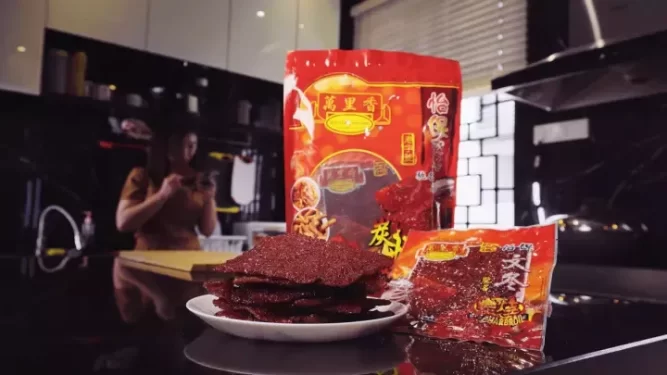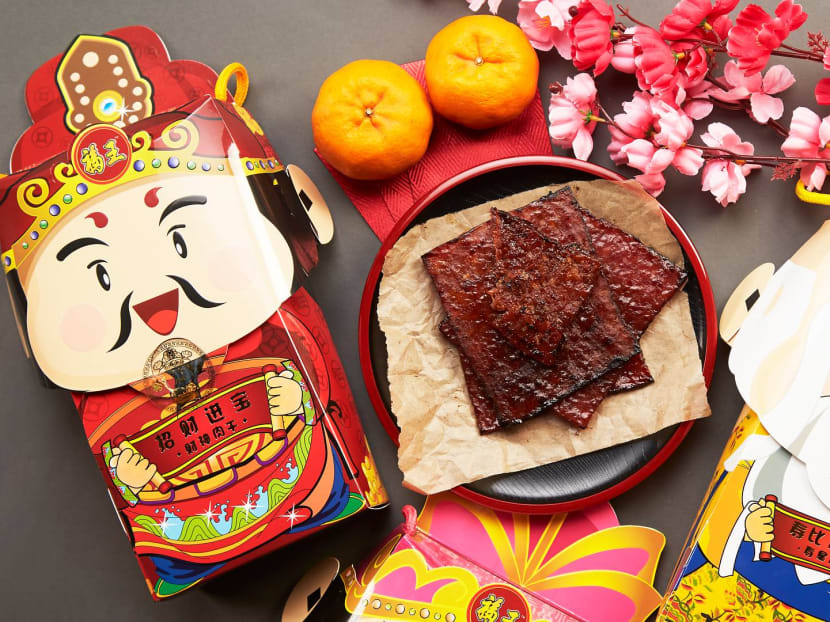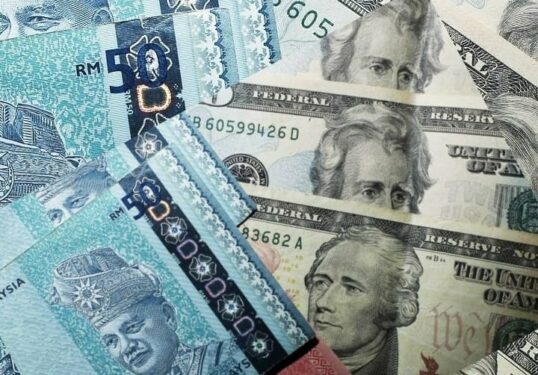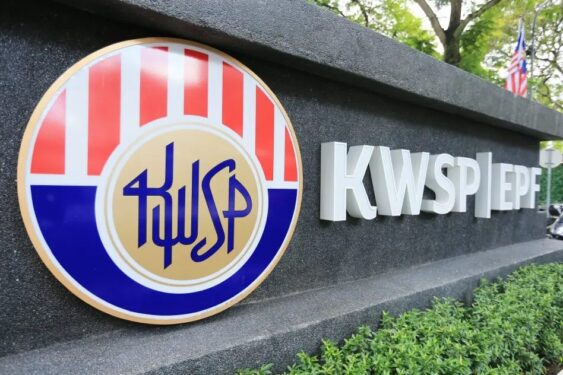USHERING in the year of the water rabbit this Jan 22-23 may burn a big hole in the pocket as the prices of necessities-cum-delicacies – or even the cost of eating out/big meal – for the occasion have basically ‘skyrocketed’.
Not only that mandarin oranges (lokam) are expected to be sweeter this year but they will also be pricier given the drought in China has led to a big drop in production, hence a rise in prices (hopefully, this has nothing to do with traders passing down their cost of having to bribe local authorities for trading licenses).
Another must-have apart from cookies in the likes of pineapple tarts and kuih kapit (love letters) which perhaps should be avoided this year is bak kwa/long yoke kon a.k.a. dried/barbequed pork jerky which prices have spiralled beyond reasonable level.
This goes to say that even if one can afford to pay RM75-RM78 per 500 grams for the meat, one can still make do without it for over-consumption of the product – which may contain excessive amount of sugar, salt and flavouring of sorts (MSG) – is surely unhealthy for those who already suffer from diabetes, high cholesterol or high blood pressure, to name a few ailments.

Apart from the spiralling price of pork as the main ingredient (in addition to rental and manpower) – as a result of inflationary pressure – being the chief reason behind the price hike, the Dollar and Sense portal has shared an interesting revelation that pricier bak kwa/long yoke kon (or other festive goods for that matter) has nothing to do with the economic theory of supply and demand.
“Retailers can simply produce more if they want to. The fact that we always see so many goods left after CNY (Chinese New Year) being sold at a discount is evident of that,” the portal enlightened its readers.
“And with all due respect to the famous bak kwa brands, there are many other stalls that sell pretty good meat (and just as many stalls selling bad ones) as well. So, this isn’t a matter of a monopoly or oligopoly being at work.”
Rather, it is the price inelasticity of demand that allow retailers to increase the price of their goods without worrying that demand will drop.
To put it simply, price elasticity measures sensitiveness of people buying bak kwa given that there is a change in the price. If we see many people still buying bak kwa when the price has increased, then we know that the price is inelastic. The same concept applies vice versa.
“If prices bak kwa and other festive goods are so expensive during peak period, why can’t we simply stock it up during December or early January and pay less?” asked the Dollar and Sense portal.
“This is where shelf life of the goods also plays a part. Most of the items cannot be kept for long (perishable) and have to be consumed within a month of purchase. That is why consumers have no choice but to buy it during peak season, even at a higher price.”
Understanding the underlying economic concept can make those who are ushering in the lunar new year wiser consumers.
The fact is for the rest of the year, the demand for such festive goods is not high. In other words, the CNY period is the only time during the year where retailers can spike up their revenue.
Thus, it is necessary for them to increase the price during the peak period to maximise their profits before ‘relaxing’ prices of their goods gradually after the festive season. – Jan 4, 2022
Main pic credit: Today










